When budget cuts forced Blue Ridge PBS to shut down two transmission towers in Southwest Virginia, more than 380,000 residents across 14 counties in the region lost access to public television. That’s why, when Will Anderson became CEO of Blue Ridge PBS in June 2019, he made it his mission to restore access for the area.
This led to the establishment of PBS Appalachia Virginia, which now operates the nation’s first fully digital public television station, and has the distinction as the first built within a casino, the Hard Rock Hotel & Casino Bristol. Given that the region’s topography often presents significant signal reliability challenges, and the cost of rebuilding towers seemed unfeasible at up to $1.5 million each, the station opted to proceed with delivering content digitally through platforms like Roku, Apple TV, and PBS.org.
No Towers, No Problem
PBS Appalachia Virginia doesn't hold a broadcast license with the FCC but is covered in various ways by Blue Ridge PBS’s broadcast license, as it includes the ZIP codes in Southwest Virginia. Broadcasting is defined as the dissemination of information, which is exactly what they are doing—just not in a traditional sense.
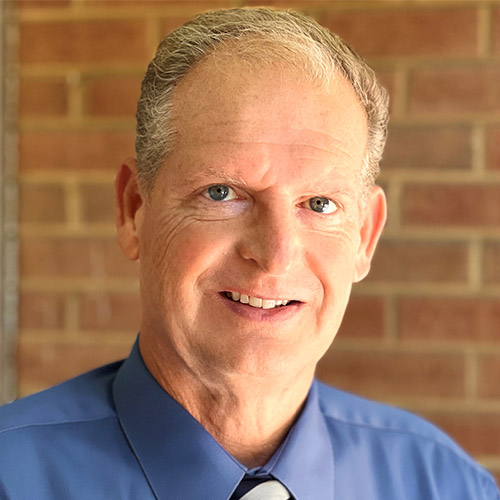
“That's what a digital station is,” said Anderson. “It is the new forward-thinking way of getting that television, video, and media information to the masses without a transmitter.”
To lead the new station, he appointed Julie Newman, a familiar face in the region who had served as the lead anchor for News 5 WCYB in Bristol for decades, as VP and general manager. In an area known for its natural beauty, the community has endured significant hardships, including the challenges of pandemic recovery, poverty, and the opioid epidemic. Loss of access was not something that Newman and Anderson wanted to add to that list.
“Just because people choose to live in the beautiful mountains of Southwest Virginia doesn't mean they should be denied access to public media that nearly every other American citizen enjoys,” said Newman.
Located at the base of the escalator in the casino, the new 4,000-square-foot studio includes all the essential spaces needed for a modern station, such as editing rooms and a podcast studio. It also features a 46-foot glass wall that allows viewers to watch live productions in real time. The glass can also frost on command, providing privacy when needed and making the space modular, mobile, and multifunctional.
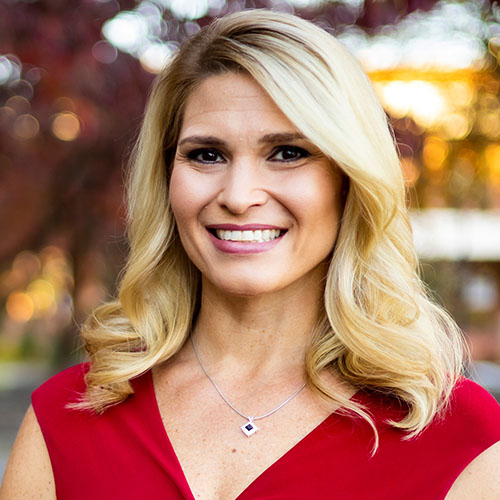
The glass viewing wall also enables the studio to benefit from the 3 million visitors the Hard Rock attracted in its first year of operation. “I project that, given our high visibility, we will likely be the most visible and accessible PBS station in the country,” added Newman.
Even when the studio is not in use, it must still represent the brand. FX Design Group, renowned for its expertise in broadcast set design, was engaged to lead that design aspect for the new studio.
“We added a rear projection, what they call a Gobo, to showcase their logo behind the glass when it's in the frosted mode," said Justin Gutierrez, managing director, broadcast for FX Design Group. They also created static lighting in their brand colors to further enhance the look when the studio was not in use.
Inside the Studio
PBS Appalachia Virginia describes the studio design as Appalachian chic meets broadcast innovation, featuring reclaimed wood, stone textures, and local art that add a regional touch, while high-end solutions, including a 28x9-foot Philips dvLED video wall, anchor the top-tier technology offerings. “We wanted to make sure that technology was first-class all the way, because that's our visual face to the community right there,” Newman added.
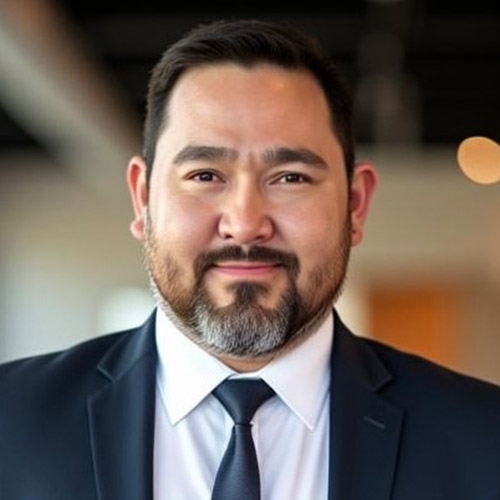
Newman and Anderson had a strong vision for the studio, even creating a sketch of what they envisioned the new space would look like, which currently hangs in Newman’s office. When viewers look through the viewing glass, they will see the curved 1.5mm Philips dvLED video wall featuring the Philips Unite LED 6000 series displays.
A total of 114 individual panels were utilized to construct the wall, necessitating a careful and well-coordinated effort by Digital Video Group (DVG), which managed the AV integration for the project and completed the installation of the display within a week. With the studio space visible through the glass wall, they had to ensure that everything remained presentable at all times during the installation process.
Chuck Heffner, VP of broadcast systems with DVG, explained that a curved dvLED wall requires "significantly more precise installation" than a straight wall. "The tolerances in pixel alignment between panels are greatly reduced,” he added.
The resolution and brightness of the Phillips Unite LED 6000 series ensured optimal visibility through the glass viewing wall. “The key is finding the sweet spot between wall brightness, resolution, content being displayed on the wall, the talent’s interaction with the wall, and camera angle and positioning,” added Heffner.
With low studio ceilings, the lighting grid was considerably lower than that of a typical TV studio, a situation made more complex by the 9-foot-tall video wall and a set design that added extra inches. “There's not too much room from where the glass starts to where the video wall is,” said Gutierrez. “So, we had to develop a way for them to utilize every inch of the space in order for them to get the most camera shots.”
FX Design Group addressed this by using ultra-slim fixtures from Ikan, which permitted maximum clearance without sacrificing quality. More than 60 fixtures were strategically positioned to enable various shooting angles within the shallow space.
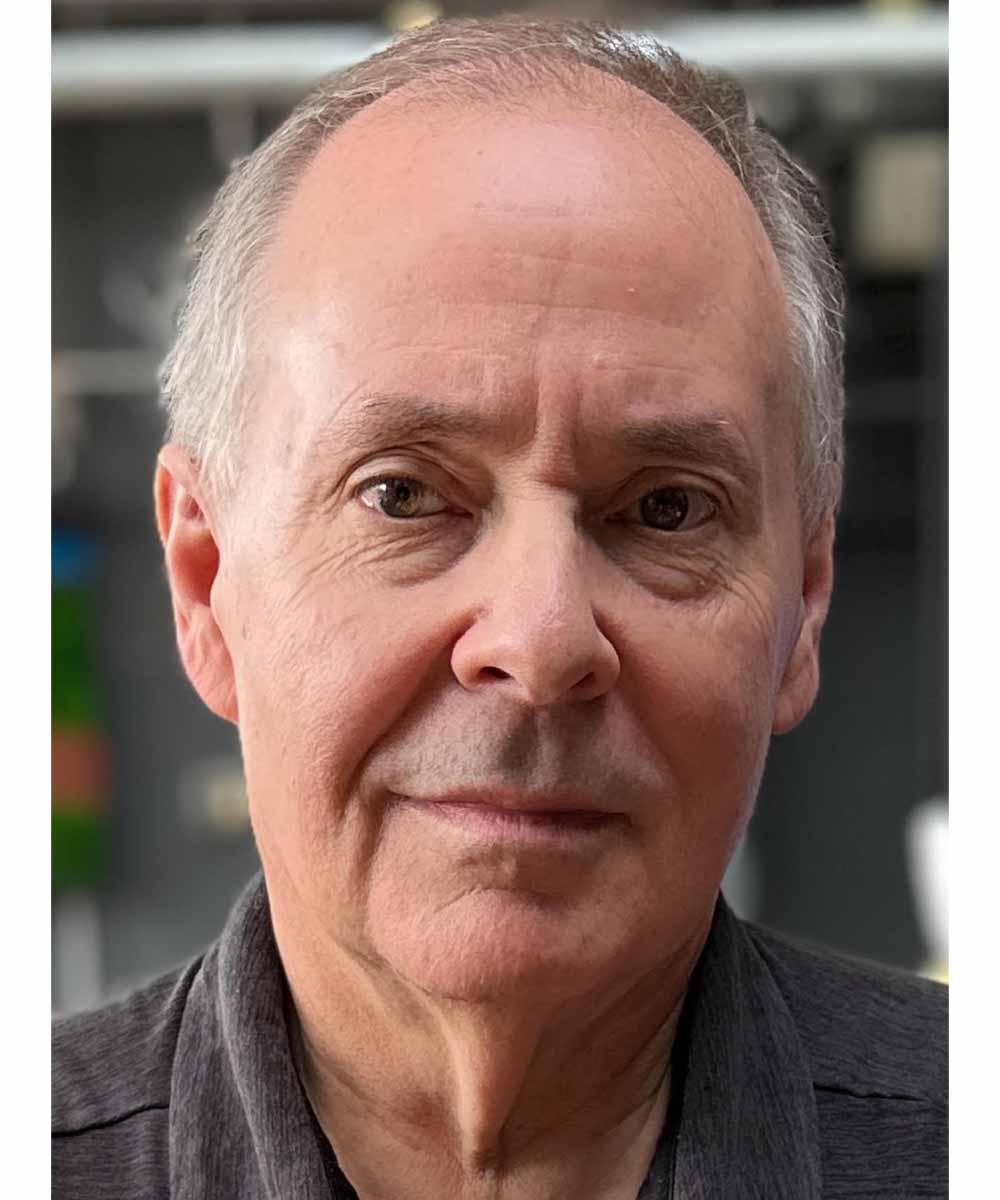
Three Hitachi-Kokusai Z-HD6500 studio cameras were installed in the studio space, enabling the reproduction of wall images through high-end image processing, a global shutter, adjustable scan rates, and a low-pass optical filter. Each camera was mounted on a Cartoni P70 pedestals with a Master 40 fluid head, and CueScript 17-inch prompters were integrated into each camera system.
Content for the display and playout devices played a critical role as well. “Graphics and video are created in the wall’s native resolution, 5376x1728 pixels,” said Heffner. “Six channels of Ross Xpression Tessera were used to play out the graphics and video at the wall’s native resolution to a NovaStar H2 processor. The processor then mapped the signals pixel accurately on the wall.”
Prepared for Podcasts
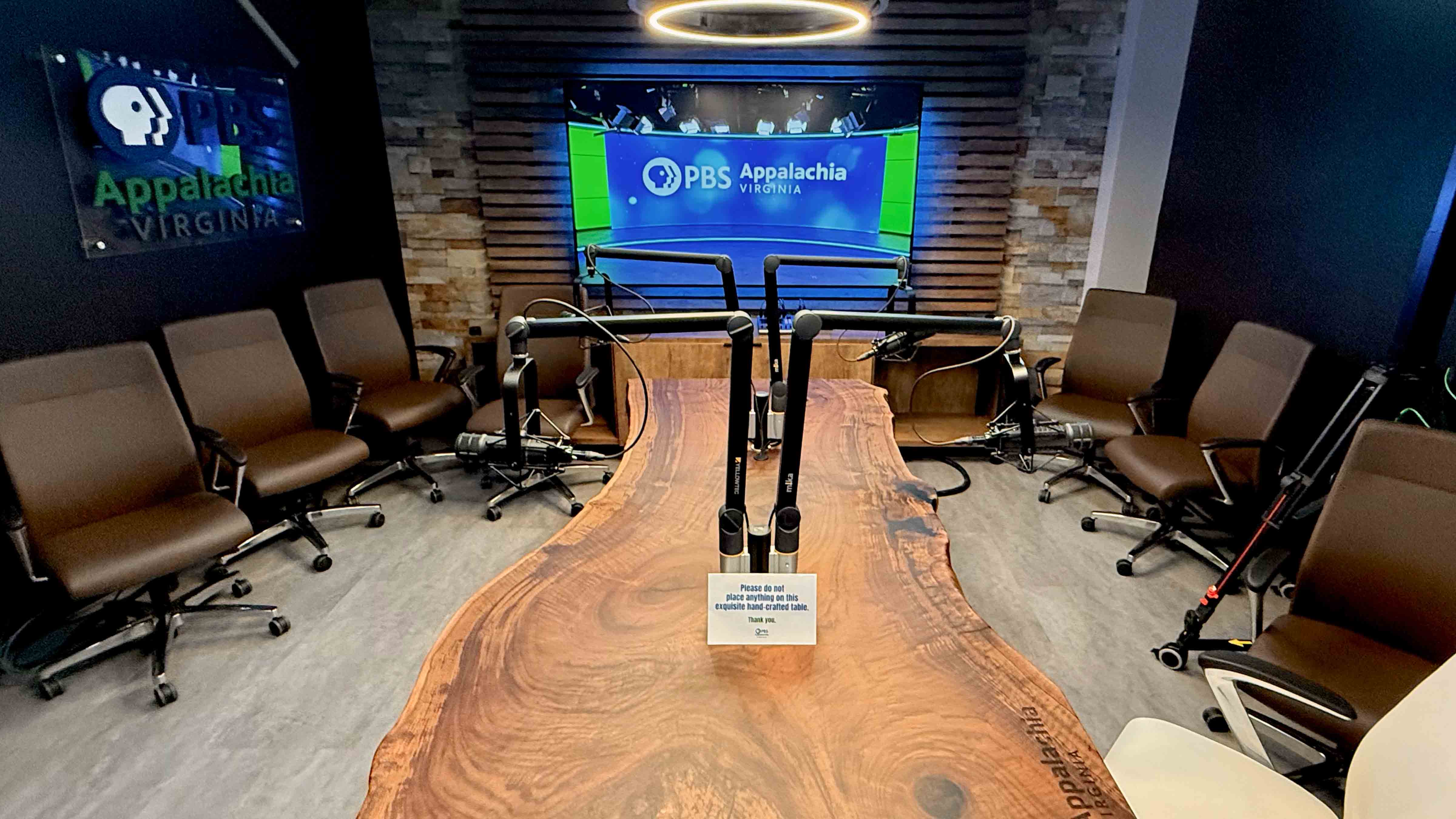
In the podcast studio, two Panasonic AW-UE150 PTZ cameras were installed and mounted on Cartoni Lifto 25 motorized elevation columns. The cameras can be controlled remotely from the central control room, as the podcast studio is too small to accommodate camera operators. Newman considered placing the cameras on the back wall to facilitate cross-shooting for webcasts, but if they were positioned there, they would be inaccessible for other purposes.
“They can either connect to the studio, or we can roll them out and connect them in the main studio, turning our three-camera shoot in the studio into a five-camera shoot,” said Newman. “There is also intentionally no wall separating the podcast studio from the regular studio, so we can roll our studio cameras towards the podcast and shoot from the front of that space.”
A beautiful table, created by local artisans from an off-center slab of California walnut, is the centerpiece of the room. Holes were drilled into the center to accommodate the wiring for built-in Electro-Voice RE20-Black microphones. “We've turned it into a very functional podcast table, but it's also absolutely a work of art,” added Newman.
The control room includes two rows of Interpretive Woodworking & Design operator consoles. The front row houses a Ross Carbonite Ultra production switcher, Allen and Heath SQ-5 digital audio mixer, Ross XPression CG, six-channel Ross Xpression-Tessera video wall graphics system, Ross Tria two-channel clip server, two AJA KiPro Ultra 12G disk recorders, and AJA HELO Plus streaming encoder. The back row accommodates camera shading, PTZ camera control, and CueScript prompting control.
Control room staff monitor productions with Sony broadcast monitors, with four Ross Ultrix Ultriscape multiviewers displayed on four NEC 55-inch LCD monitors. There's also a Ross Ultrix FR264x64 routing switcher and a Clear-Com partyline intercom system.
Control Room Connections
The control room located in Bristol was designed to connect with the central Blue Ridge Public Broadcasting control room, which is situated 140 miles away in Roanoke, VA. This setup allows production staff to operate from either location based on the situation.
“The interface consisted of five SRT streams with audio and video from Bristol to Roanoke and one return feed from Roanoke to Bristol,” added Heffner. “The control rooms were connected via the internet so that control panels in Roanoke could control the switcher, audio mixer, graphics, router, and intercom frames in Bristol.”
[The Integration Guide to Video Walls 2025]
Since launching the digital signal in June 2023, PBS Appalachia Virginia has won 14 Emmy Awards, which the team credits to their commitment to hyper-local storytelling that explores Appalachian communities and culture. The new studio demonstrates what public broadcasting can become in the digital age, all while remaining true to its community identity. “We're doing this because we fundamentally believe that people in Southwest Virginia deserve public media and deserve to have a reflection of their own culture in the television that they watch,” said Newman.

